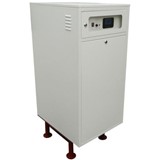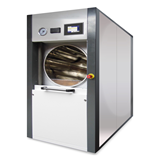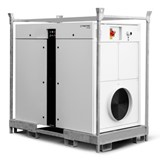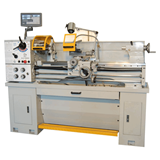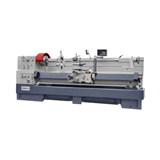The global oscilloscopes market has undergone significant changes since the global financial crisis largely driven by customer caution about spending on expensive instruments. But vendors have hit back by focusing on innovative features and flexibility to enable test engineers to customise and perform advanced analysis of analogue and mixed signals.
End users that were among the top spenders on this type of instrumentation, such as electronics-, industrial-, automotive- and communications-manufacturers were the worst affected by the economic downturn.
"[The lack of spending from these sectors] reduced the demand for oscilloscopes to unprecedented low levels," Prathima Bommakanti, a Frost & Sullivan research analyst, said in a statement.
According to Frost & Sullivan, the world oscilloscope market has undergone some torrid times in the last five years, contracting by over a fifth from a value of US$1269.7 million ($1203.1 million) in 2006 to just US$987.7 million ($935.8 million) in 2009.
A modest recovery in 2010 saw revenues hit US$1,152.3 million ($1091.1 million) but growth will remain weak in the next few years to reach just US$1,372.1 million ($1299.4 million) in 2014.
Stagnating revenues are partially due to customers negotiating hard on oscilloscope prices, particularly in the low-end and mid-range sectors.
"Substantial pricing pressures on vendors, [reduced] their profit margins and revenue growth," Bommakanti explained.
In response, oscilloscope manufacturers have been forced to invest in R&D programs to come up with new products offering innovative features in order to remain competitive.
"This has been one of the key strategies adopted by vendors," Bommakanti noted.
The result has been instruments that boast functions catering for future test scenarios such as LTE (Long Term Evolution), a fourth generation (4G) mobile communication standard. (LTE networks are being introduced globally to replace older 2G and 3G infrastructure and testing requires more sophisticated oscilloscopes then those used for older networks.)
At the same time, due to the oscilloscopes’ growing complexity, vendors are bundling additional services with the product purchase.
"Warranty, installation, technical support, maintenance and general service agreements are progressively becoming a part of the package," Bommakanti said.
"This enables manufacturers to differentiate themselves from their competitors and allows premium pricing."
Digital and software-driven oscilloscopes pose a growing threat to analogue oscilloscopes. The former’s ease-of-use, wider bandwidth and higher sampling rates, together with a reduction in prices and superior performance specifications are ensuring that digital and software-driven oscilloscopes are increasingly replacing analogue instruments in a wide variety of applications.
Test instrumentation manufacturer Tektronix (distributed in Australia by TekMark), for example, has just released two new versions of its digital oscilloscope families ranging from 500MHz to 8GHz.
The company claims the DPO7000C Series offers engineers an efficiency tool that combines analysis functionality for many applications into a single oscilloscope.
The oscilloscopes include serial analysis solutions that Tektronix says enable designers to focus on solving design problems using robust tools for every stage of debug, from discovering that a problem exists to capturing it, then searching long records for all instances and analysing to find the root cause.




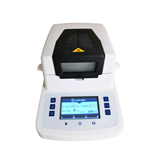
-160x160-state_article-rel-cat.jpg)


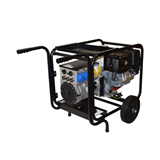

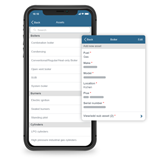




-160x160-state_article-rel-cat.png)

